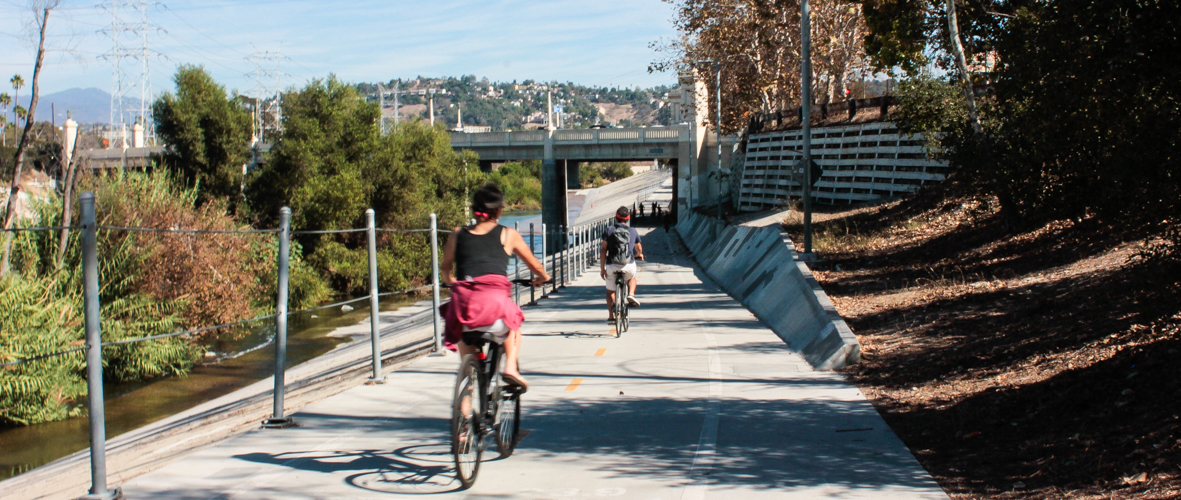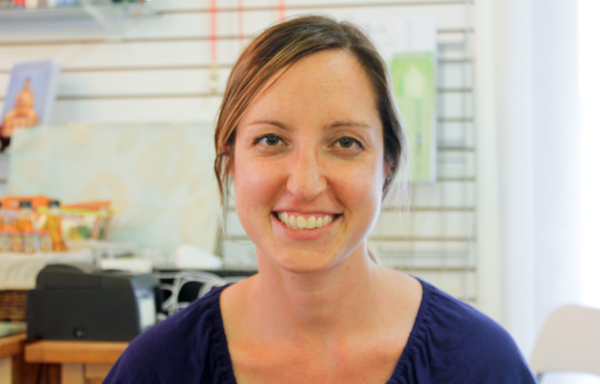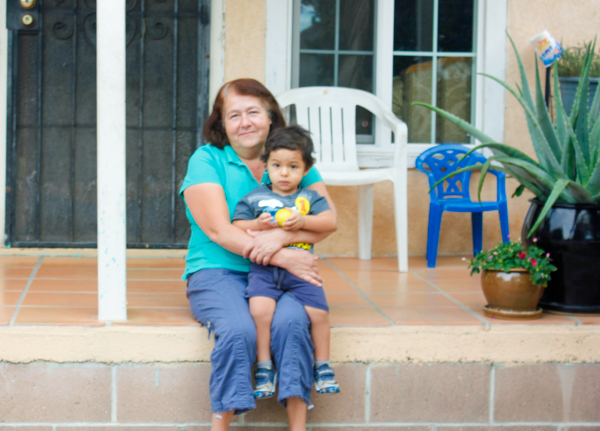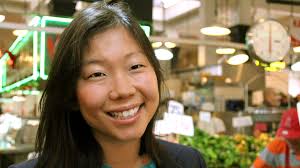Frogtown Leaps Towards Change
Elysian Valley feels the effect of Los Angeles River Revitalization, before it even begins
Paul Gaclal sits in front of the gates of Elysian Valley Community Garden, taking a break from tending his two plots of tall kale plants, peppers and onions. He tries to visit his plants every weekend. When he’s here, he waters his neighbors’ plots too.
Gaclal has lived in Elysian Valley, known as “Frogtown,” for 25 years. The neighborhood, tucked between the Los Angeles River and the 5 Freeway, still feels like a small town despite attracting so much attention in recent years. He’s excited the river will be getting a makeover soon.
“I saw the plans. I think it’s good,” he said. “It’ll be beneficial to the town.”
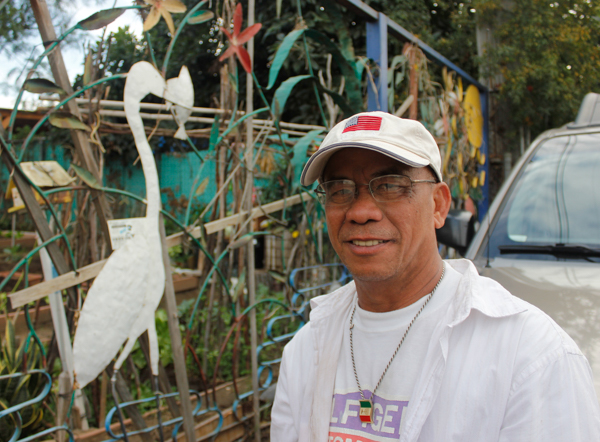
Paul Gaclal in front of the community garden
Whenever people visit, he likes to take them down to the river. They must be more careful now, since so many cyclists zoom by on the bike path. “It's become dangerous,” he said.” “Someone got hit by a bicycle and struck his head on the pavement.”
With the announcement of the river revitalization plan, a huge amount of attention is pouring into the sleepy neighborhood by the river. Tensions in the town are strong between small business owners (old and new), large real estate developers, and neighbors who have lived around the forgotten river for generations.
The Big Plan
The section of Los Angeles River near the Elysian Valley is called the Glendale Narrows. It is one of the few areas along the 52-mile long river that isn’t covered in concrete. In the last decade, civic leaders and others have tried to restore the river to its natural habitat. The efforts culminated in the announcement of the Alternative 20 plan, unanimously approved by the U.S. Army Corps of Engineers last year.
Brief history of Los Angeles River
The plan aims to improve the river along the Glendale Narrows, including creating wildlife habitats and public parks
The cost of the project steadily rises , with the estimate now $1.6 billion. The 40-acre parcel directly across from Elysian Valley is touted as the “crown jewel” of the project, and is going through remediation studies.
The river attracted even more attention when famed architect Frank Gehry came on board to design the master plan. While his plans are kept under wraps, he has been studying the ecological reports and wishes to draw up a plan that will strike a balance between flood control and conservation.
Nostalgia of Things Past
Rick Cortez opened his architecture and fabrication firm, RAC Design Build about five years ago. He liked the area because there were lots of similar manufacturers close by.
“It’s sad how great it was,” he said, sipping coffee on the front porch of his warehouse. “You needed something made, just go right over. It was that dense with all the workers. And beers on Fridays. It was fantastic.”
Cortez was active in Neighborhood Council meetings when large developers started flocking to the river. He worked with the council to create the Qualifying Condition for the area, which limits the height of riverfront development to 30 feet.
However, for Cortez that isn’t enough. He sees Elysian Valley as an island, because it’s isolated, and has limited access points. He’s suspicious of big condos like the one being built two blocks from his office.
“If you go to any island and act like a mainlander, you are not fitting in,” he said. “If you are really going to bring all the people here shouldn’t you widen the streets?”
Cortez predicts rampant construction will put a strain on the infrastructure of the town. The new condos will bring more people to one address than the whole block combined.
He wants to keep part of the neighborhood the way it has been since he first moved in. “I bought three or four property when it was going up,” he said. “Not to get rich, but to just save the neighborhood.”
New Grounds
Spoke Bicycle Café is located right off the bike path. It’s the only building between the RAC Design Build and the river. The café offers affordable coffee and snacks along with a full service bicycle shop where patrons can rent bicycles on weekends.
The owner, Richard Latronica, has lived in Atwater Village, a community just north of Elysian Valley for six years. As an avid cyclist he frequently rode his bike along the river. Two years ago, he quit his job as a project manager in the IT industry and bought the land that is now Spoke Bicycle Café. Now he's working to expand the cafe to include a commercial kitchen. He’s planning to expand his menu to serve sandwiches during lunchtime. There has been some push back from the neighbors, notably Rick Cortez when he applied for a beer and wine license.
But his main focus is on better serving the ever-increasing cyclists. He thinks that the unobstructed 10-mile bike path will be used more if more services are offered. He wants to serve people like him; those who prefer to walk or bike instead of driving in Los Angeles. To him the river revitalization is just what the area needs.
“People will change routines when they have something to come to,” he said. “Maybe people will stop driving so much if there’s a place to go to on the river.”
Dealing with the Incoming Future
Helen Leung, is a Frogtown native. She’s lived in the area since she was a child. “It was your typical inner-city neighborhood,” she said. “There were gangs and drive by shootings. It was primarily Latino and Asian refugees that lived there, so I grew up with a wonderful diversity.”
Leung works as co-executive director for LA-Más, a non-profit organization that aims to “support lower income communities shape their own growth through policy and architecture.”
While the organization focuses on all Los Angeles neighborhoods, due to the location of its office, it became more involved in matters around Frogtown. Last year, the organization published Futuro de Frogtown, a project that promoted community engagement to gather diverse opinions in the area. The study aimed to provide future developers with how they can invest and contribute in the neighborhood.
During the process, many public discussions were held. The goal was to get a sense of what residents were thinking.
“The general consensus was all these conflicting desires,” said Leung. “Desire for people to have jobs in the neighborhood, or for the community to keep their physical characteristics, or for there to be more density in the neighborhood.”
Leung knows competing views are natural in a place like Frogtown. Many owners live in their own homes, and they often have different needs for the town than renters.
As for Leung, she is pro development. She thinks more development just means there will be more supply to meet the demand. However, she knows that there isn’t enough infrastructure support in Frogtown. She hopes that developers pay attention to roads and utilities when considering investments.
Leung believes the Neighborhood Council does not convey an accurate picture of what residents want, nor do some long-time residents who oppose the inevitable changes that are coming.
In the meantime, she hopes her organization can connect with more residents. “Community engagement, as an effort, is only a moment time,” she said. “It takes a lot of time to educate and inspire and engage people to want to participate.”
Explore Elysian Valley by clicking on the red dots on the map
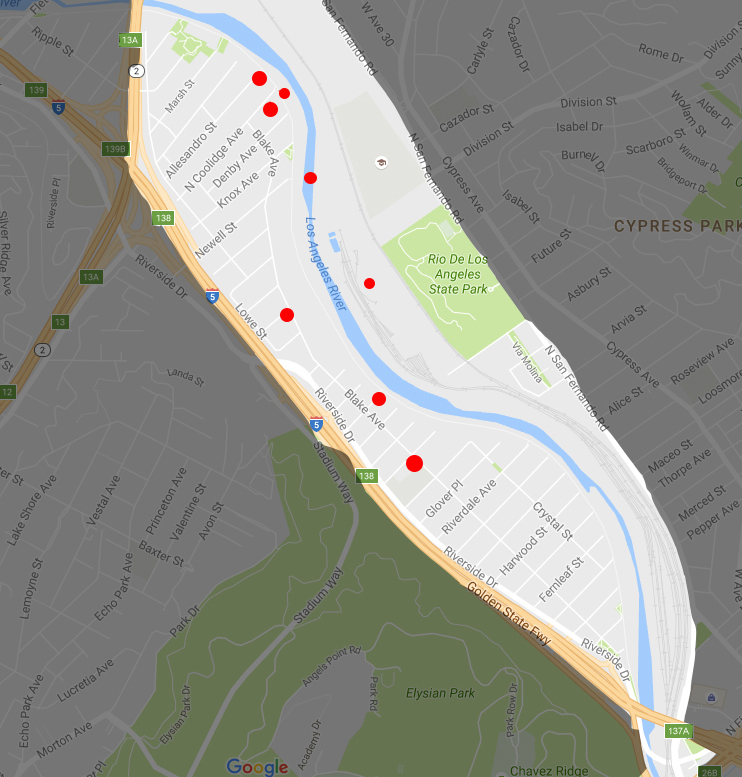
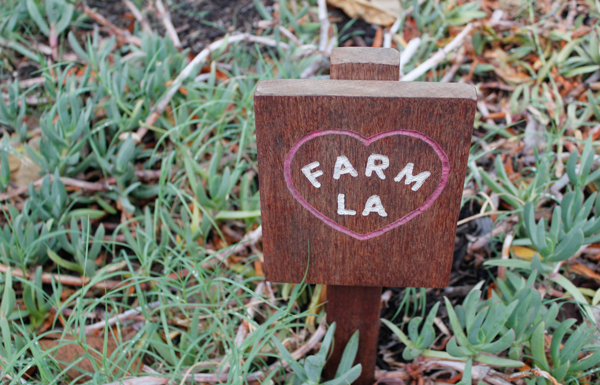
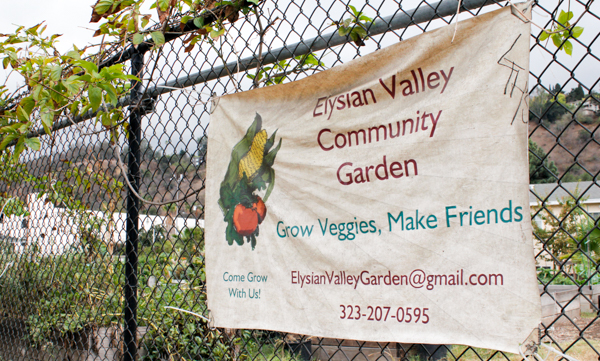

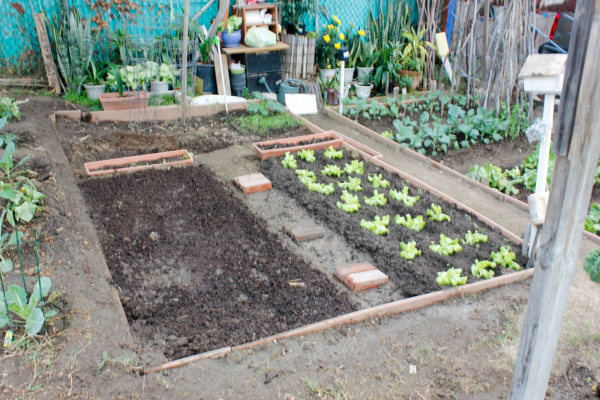
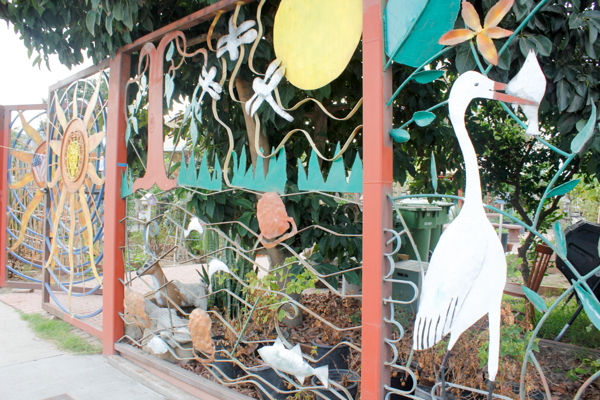
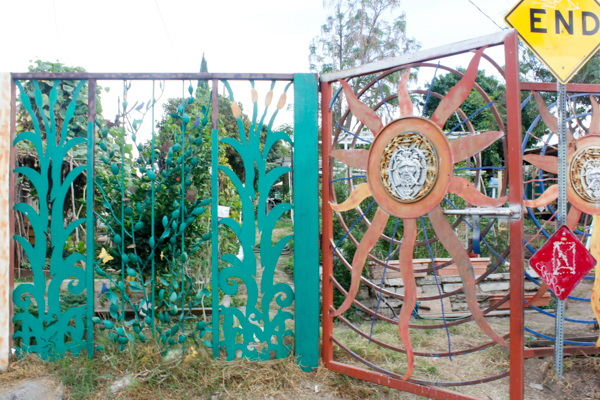
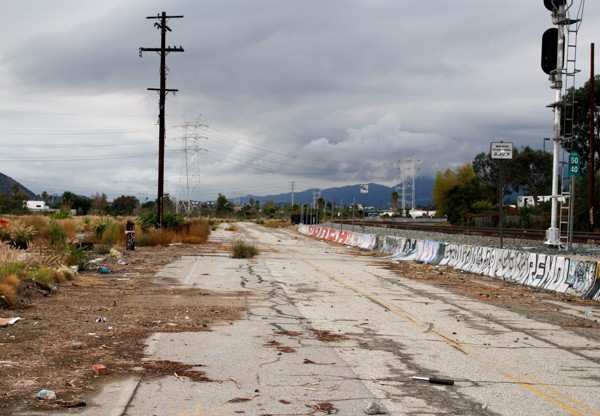
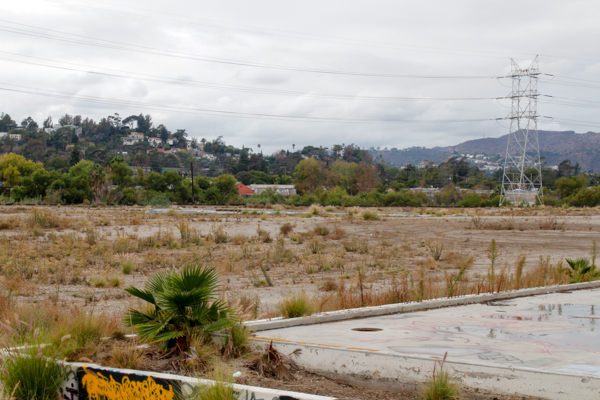

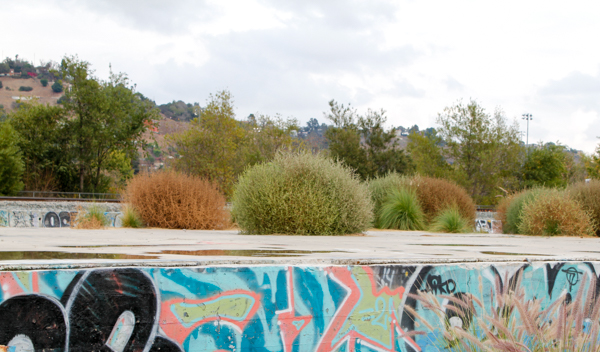
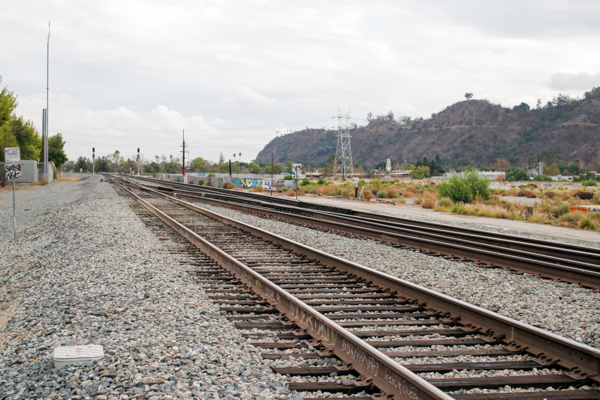
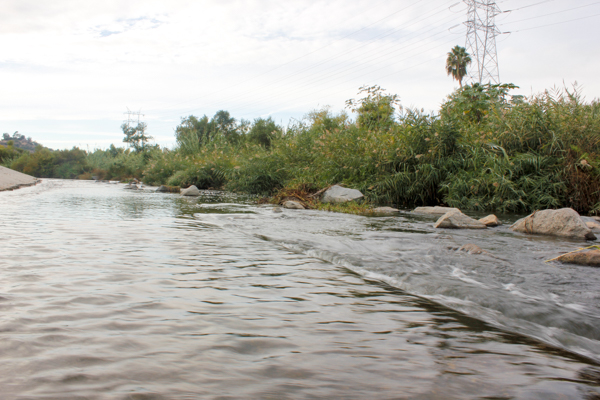
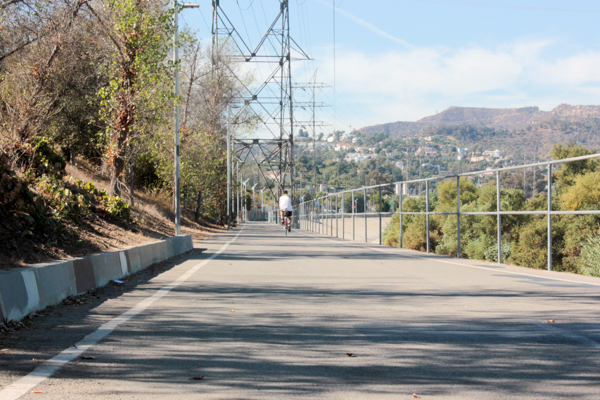
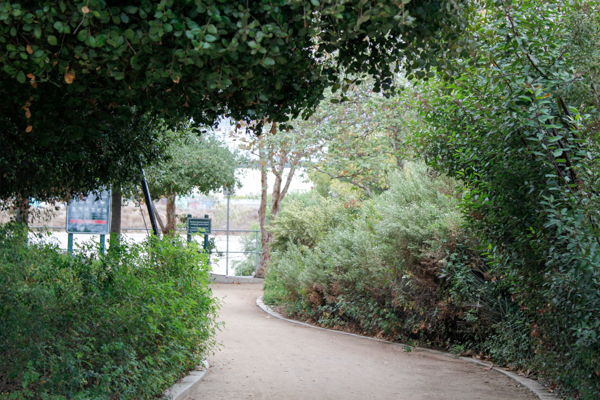
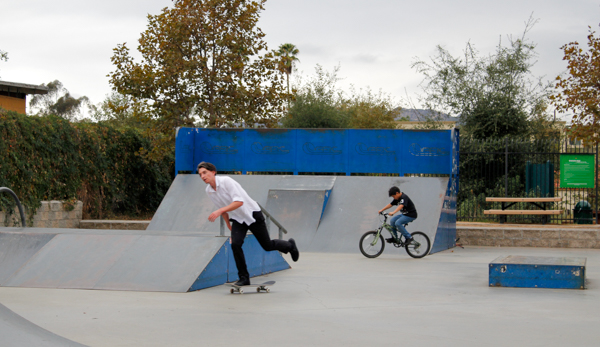

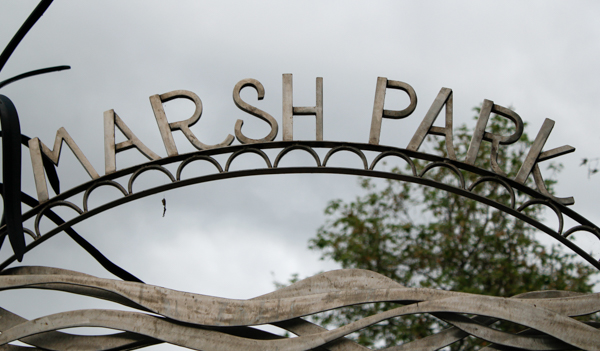
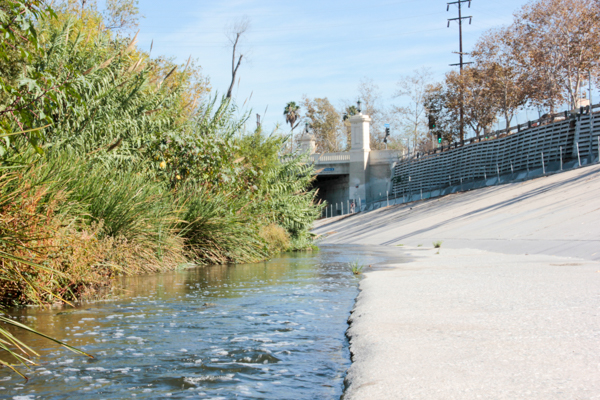
Rick Cortez of RAC Design Build on new businesses
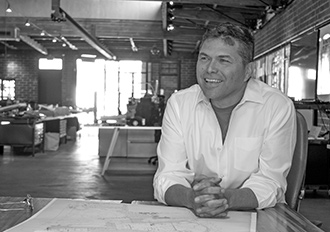
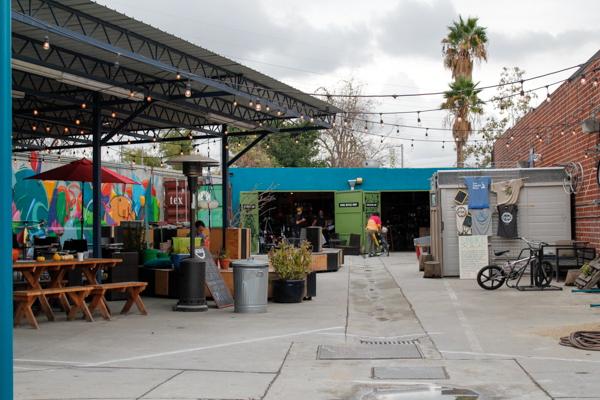
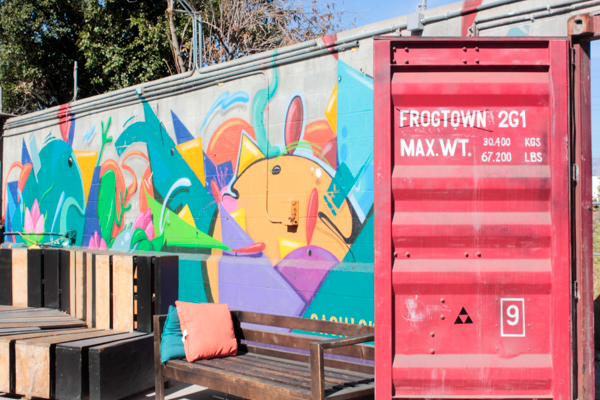
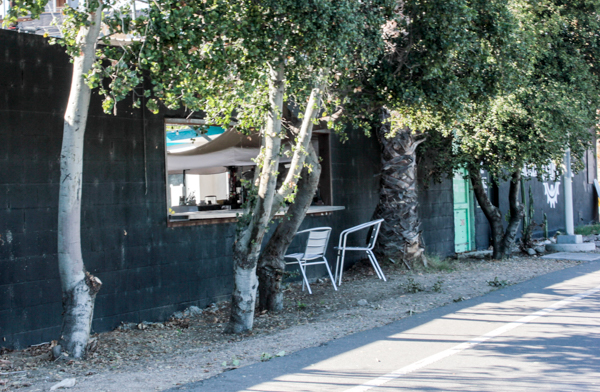
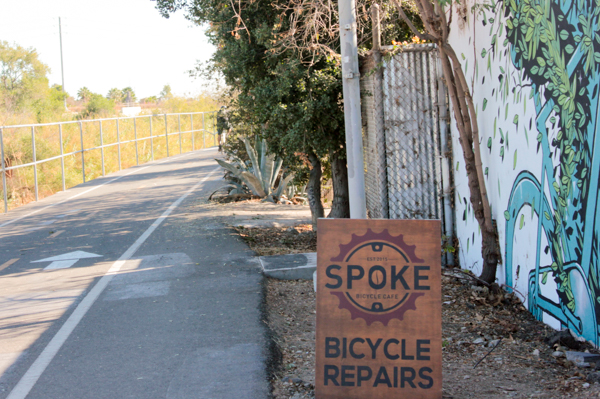
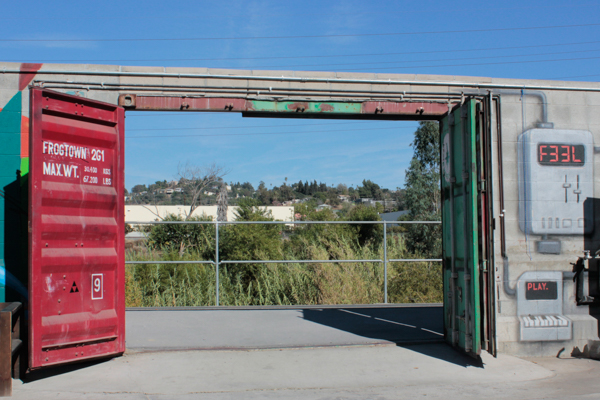
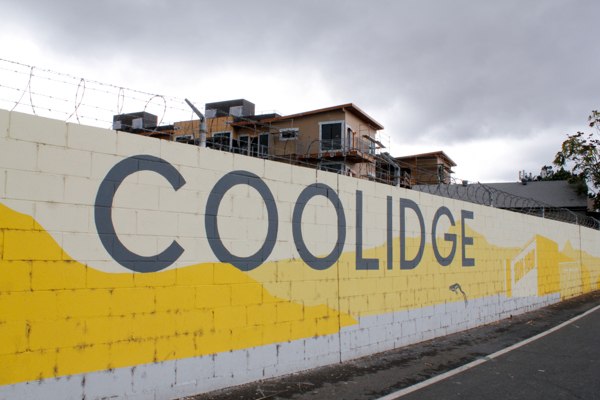
The Density Debate
As the population of Los Angeles grows, the conversation around density, gentrification and development has become contentious. Elysian Valley is yet another example of a neighborhood going through changes like Downtown L.A. or Highland Park faced in the recent years.
With its isolated location and a small-town feel this is not the first time the some residents of the area advocated for low density. However, whether that sentiment will prevail remains a question as Elysian Valley draws more attention with the impending restoration plans for the river.
“LA is going to continually be a place where people want to be,” said Leung. “And Frogtown, even if it never becomes an investment, it will become a more desirable place to live.”
